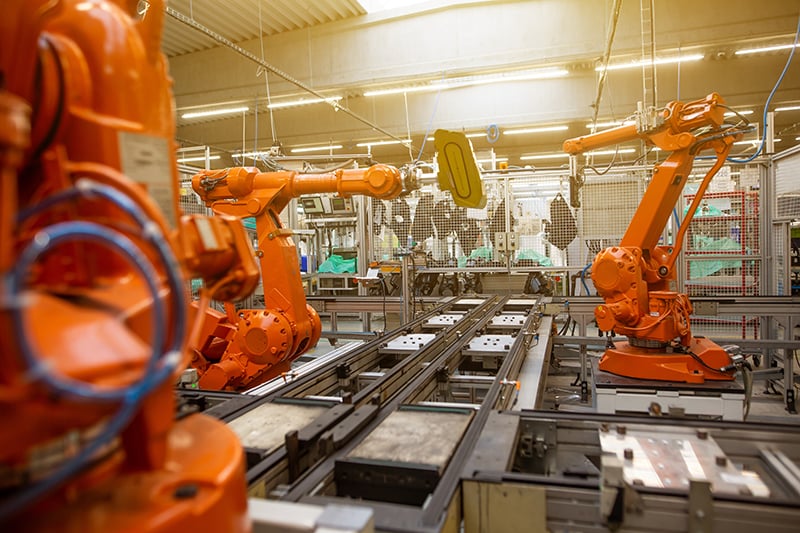Want to learn about the production process of quality paper packaging products?
In this article, we’ll take you through the entire packaging production process, from design to finishing.
By the end, you’ll have a better understanding of why each step is important and how they all come together to create effective paper packaging solutions for your business.
So, let’s get started!
Understanding the Packaging Production Process
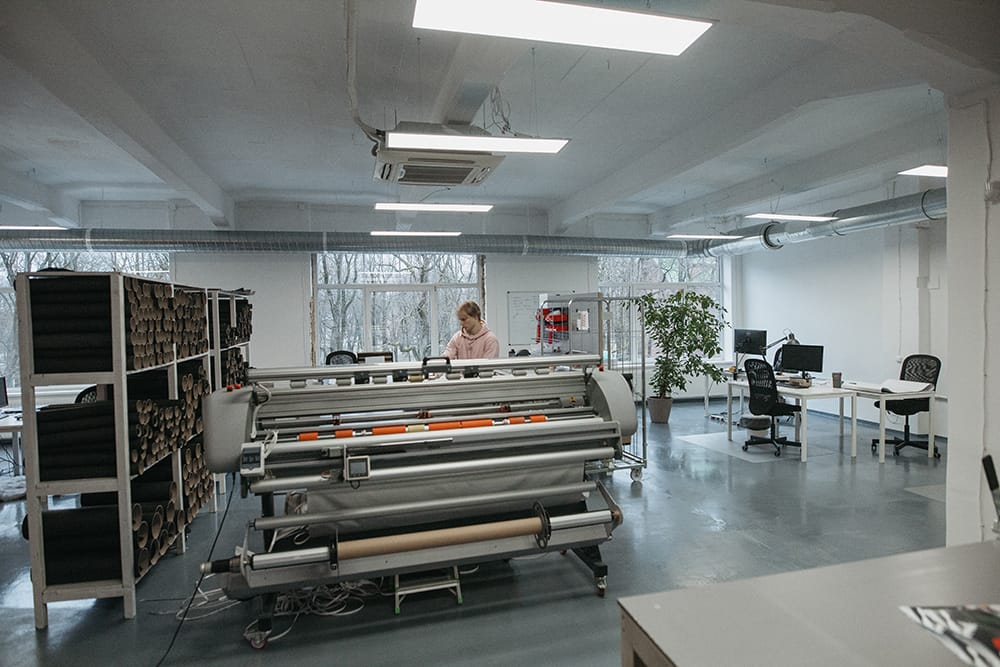
The production process of paper box packaging involves several precise and detailed steps.
Let’s take a closer look at each stage:
Design
When designing packaging, the structure and appearance are carefully crafted to meet the unique needs of the product. Factors such as weight, shape, fragility, visual appeal, and brand identity are taken into consideration. This step sets the foundation for the entire packaging production process.
Material Selection
Post-design, the next step is material selection. Factors like durability, sustainability, and cost-effectiveness are considered to ensure that the materials not only protect the product but also showcase it effectively.
Prepress Preparation
During the prepress preparation stage, the design is refined, and proofs are created for print. This ensures that the final packaging will accurately represent the intended design, with colors, images, and text all in the right place. After approval, the printing process can begin, utilizing both digital and offset printing technologies.
Post-printing
The last step involves post-printing, where the finishing touches are added. This involves die-cutting, folding, gluing, and other techniques to ensure that the packaging is both visually appealing and functional. The paper box packaging production process is truly fascinating, requiring a range of skills and expertise.
From design to material selection, printing to finishing, each step of the process contributes to the creation of packaging that not only looks great but also protects and showcases the product inside.
What are the Different Types of Paper Used in Packaging Production?
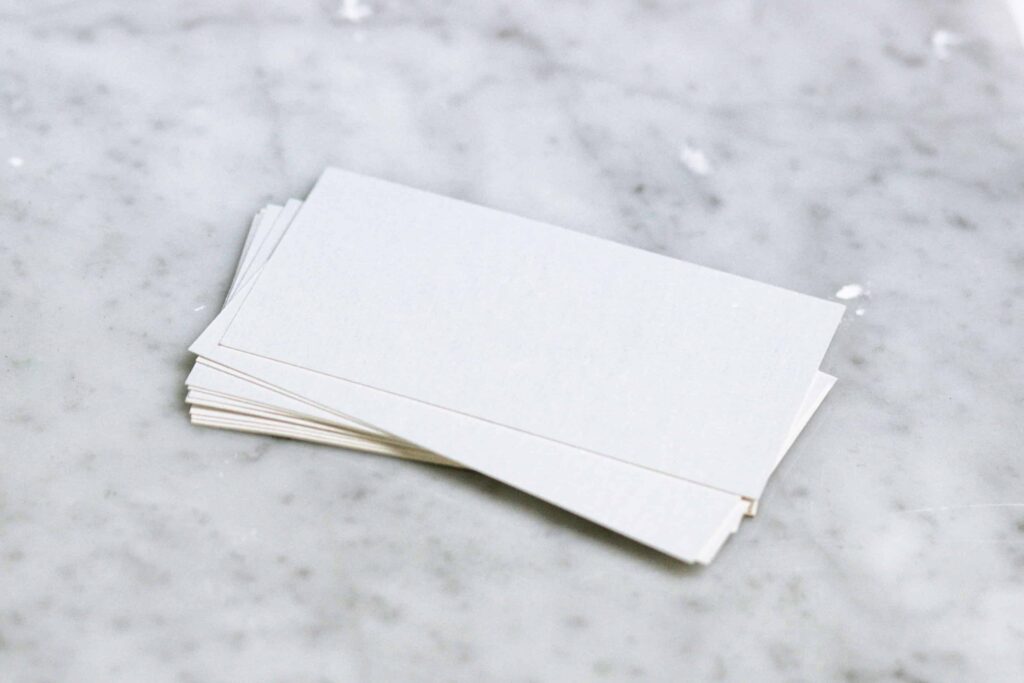
The choice of paper significantly impacts the durability, aesthetics, and overall quality of the packaging. Let’s explore some of the different types of paper commonly used in packaging production:
Art Paper: Ideal for high-quality printing and packaging that requires excellent color reproduction and sharp imagery.
Kraft Paper: Suitable for applications that demand strength and resistance to tearing, such as heavy-duty bags, boxes, and industrial packaging.
Fancy Paper: Perfect for high-end products that require visually appealing and luxurious packaging, adding sophistication and elegance to the design.
Clay Coated News Back (CCNB): Used for packaging that requires vibrant and high-resolution graphics, such as folding cartons, retail packaging, and point-of-sale displays.
Corrugated Fiberboard: Designed for shipping boxes and product packaging, providing strength, durability, and cushioning properties.
Duplex Board: Strikes a balance between affordability and printability, commonly used for boxes, cartons, and displays.
High-Density Board (HD Board): Ideal for products that need robust protection, ensuring the packaging remains intact and resistant to impact.
Ivory Board: Perfect for packaging luxury items, cosmetics, premium food products, and high-end consumer goods that require vibrant colors and sharp graphics.
By understanding the unique characteristics of each paper type, you can make informed decisions when it comes to your packaging needs.
Steps Involved in Printing Your Paper Packaging
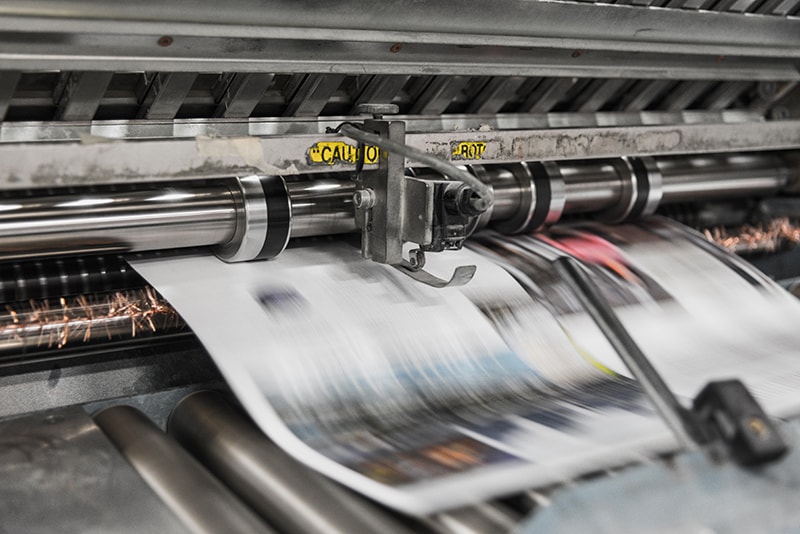
Making your own paper packaging might seem daunting, but with the right tools and steps, it can be a really rewarding experience.
Offset printing is an important method for creating high-quality and cost-effective packaging. It utilizes metal plates to transfer ink onto the paper, resulting in sharp and consistent prints, especially suitable for large quantities.
When it comes to choosing colors for your packaging, understanding the differences between CMYK and Pantone printing is essential. CMYK uses cyan, magenta, yellow, and black to create a wide range of colors, while Pantone printing offers even more colors and precise color matching, making it ideal for branding and packaging.
Additionally, it’s important to take into account the paper type, packaging design, and any necessary finishes or coatings when creating your product. Paying attention to these details will ensure that your packaging stands out and meets your specific needs.
Steps Involved in Manufacturing and Finishing Paper Packaging
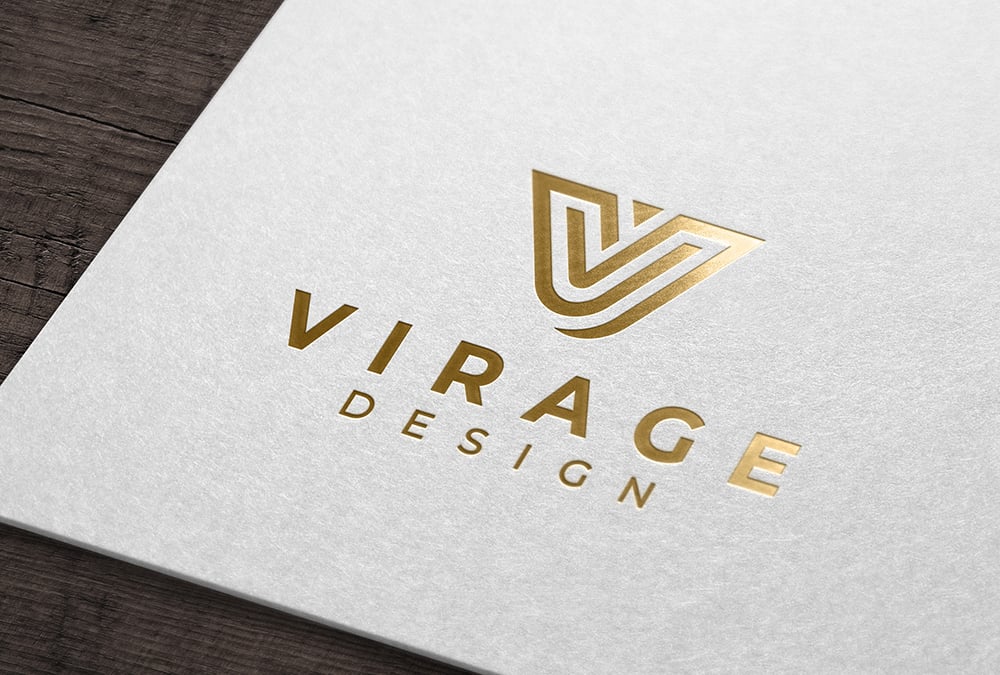
After the printing process, paper packaging undergoes several post-printing processes to enhance its appearance and functionality. These processes may include varnishing, laminating, embossing, debossing, or applying special coatings.
Let’s take a closer look at each of them:
Varnishing
Varnishing is a protective coating that adds an extra layer of sheen and crispness to printed materials, enhancing their appearance and durability. It protects against fingerprints, smudging, and scratches, giving the printed piece a longer lifespan.
Lamination
Lamination involves applying a thin layer of film to printed materials, creating a barrier against moisture and dust. It gives extra protection against wear and tear, making it perfect for materials that’ll be used in different environments.
Embossing and Debossing
Embossing and debossing are printing techniques that add a three-dimensional, tactile quality to printed materials. Embossing creates raised areas on the surface, while debossing creates indented areas. These techniques add depth and texture to printed materials, making them more engaging and memorable.
Spot UV
Spot UV is a finishing technique that applies a glossy UV coating to specific areas of printed materials, creating a unique and eye-catching look. It is often used to highlight design elements or create contrast between glossy and matte surfaces.
By utilizing these finishing techniques, paper packaging can be elevated to new levels of appeal and functionality.
Understanding Quality Control Measures for Paper Packaging Manufacturing

Quality control plays a vital role in the packaging production process. To ensure that the packaging meets the required quality standards, inspections are conducted at different stages, such as prepress, printing, post-printing, cutting, and gluing.
These quality control checks involve verifying color accuracy, print clarity, dimensional accuracy, proper folding and gluing, and overall structural integrity. Any defects or inconsistencies identified during these inspections are rectified to ensure that the final packaging is of the highest quality.
In conclusion, paper packaging is an excellent choice for businesses that require large quantities of printed products. By understanding the differences between CMYK and Pantone printing, choosing the right paper type, and implementing quality control measures, you can create custom, high-quality packaging that meets your needs and stands out from the competition. If you’re looking for guidance in creating effective and eye-catching paper packaging, don’t hesitate to reach out to our team of experts. Contact us today to discover how we can assist you with your packaging needs!

